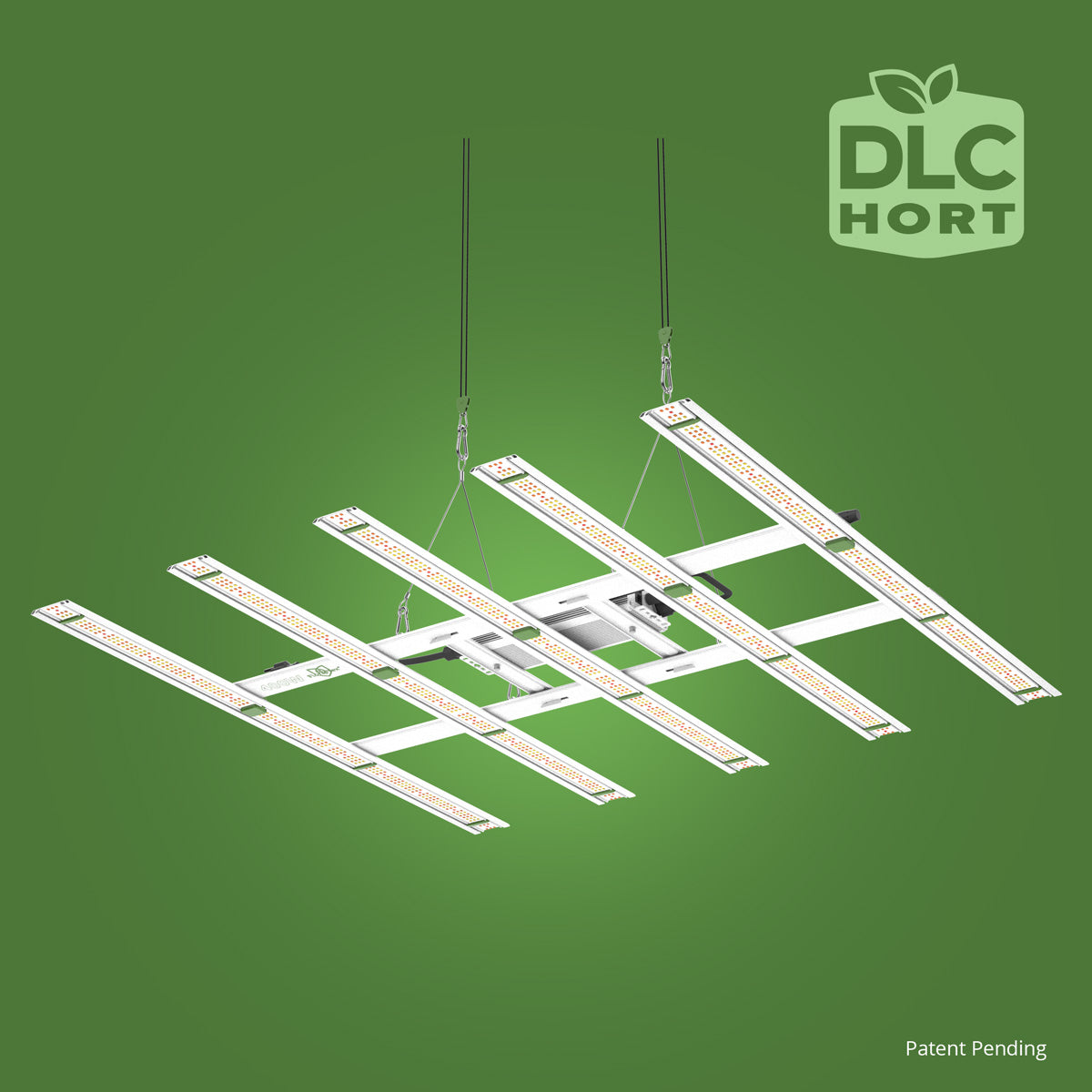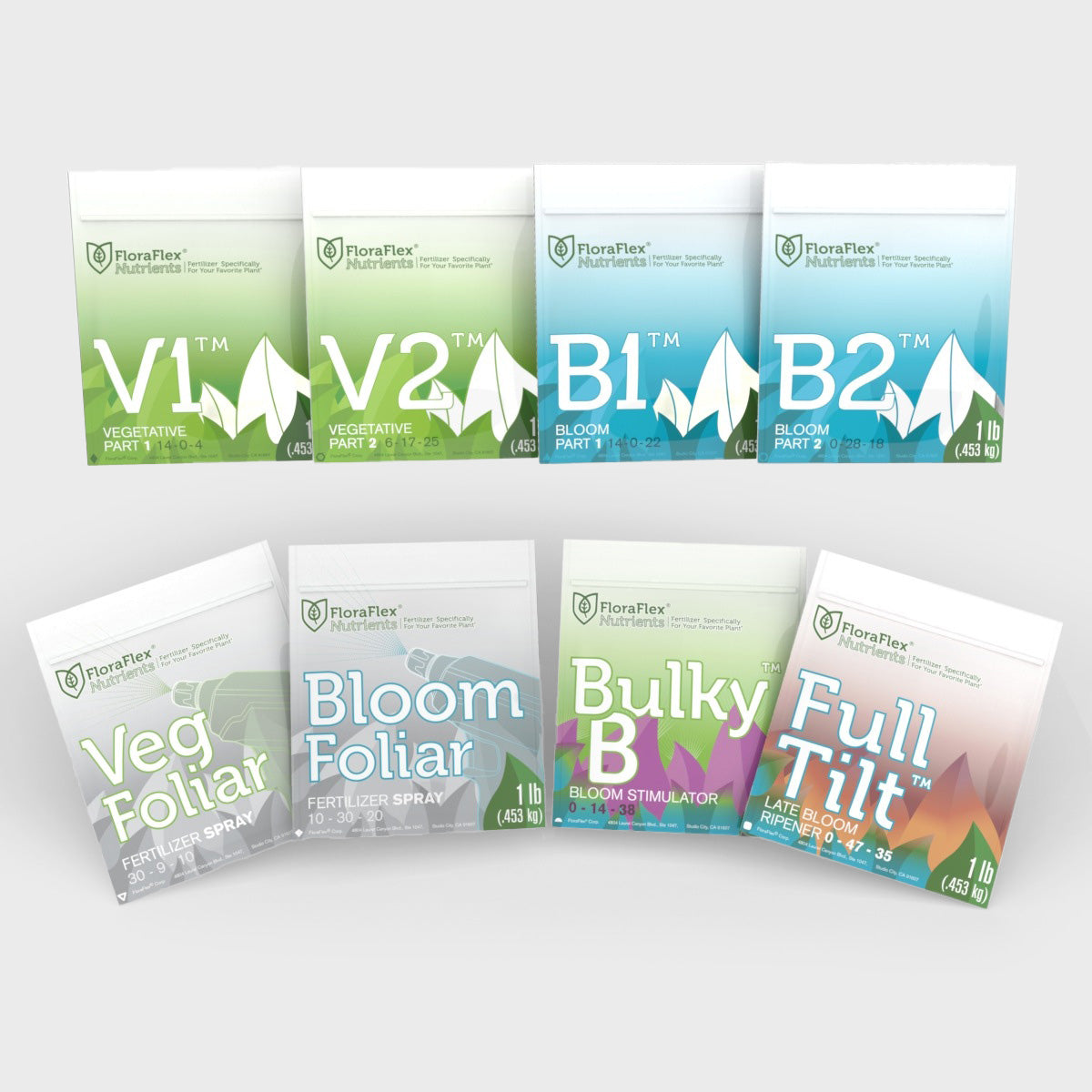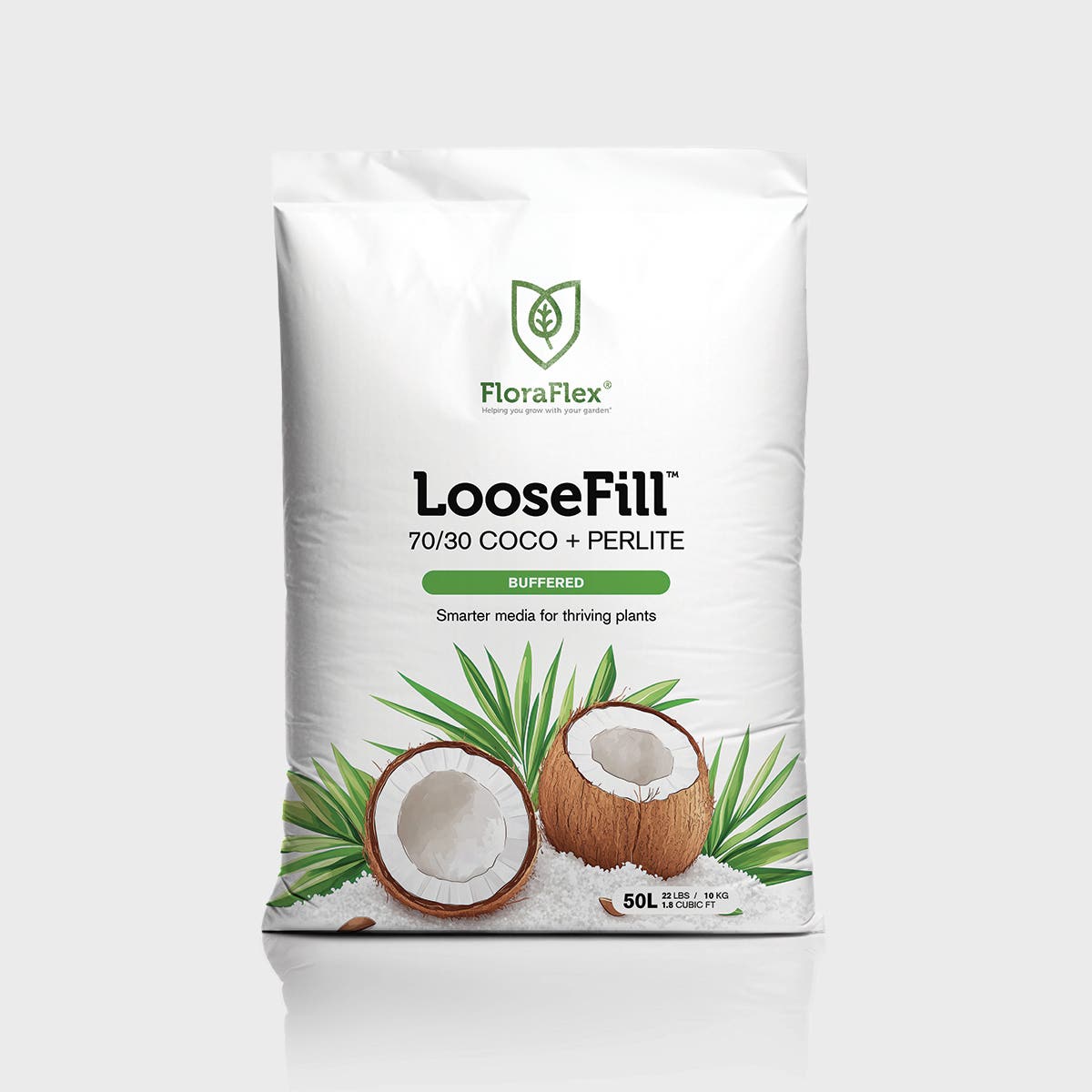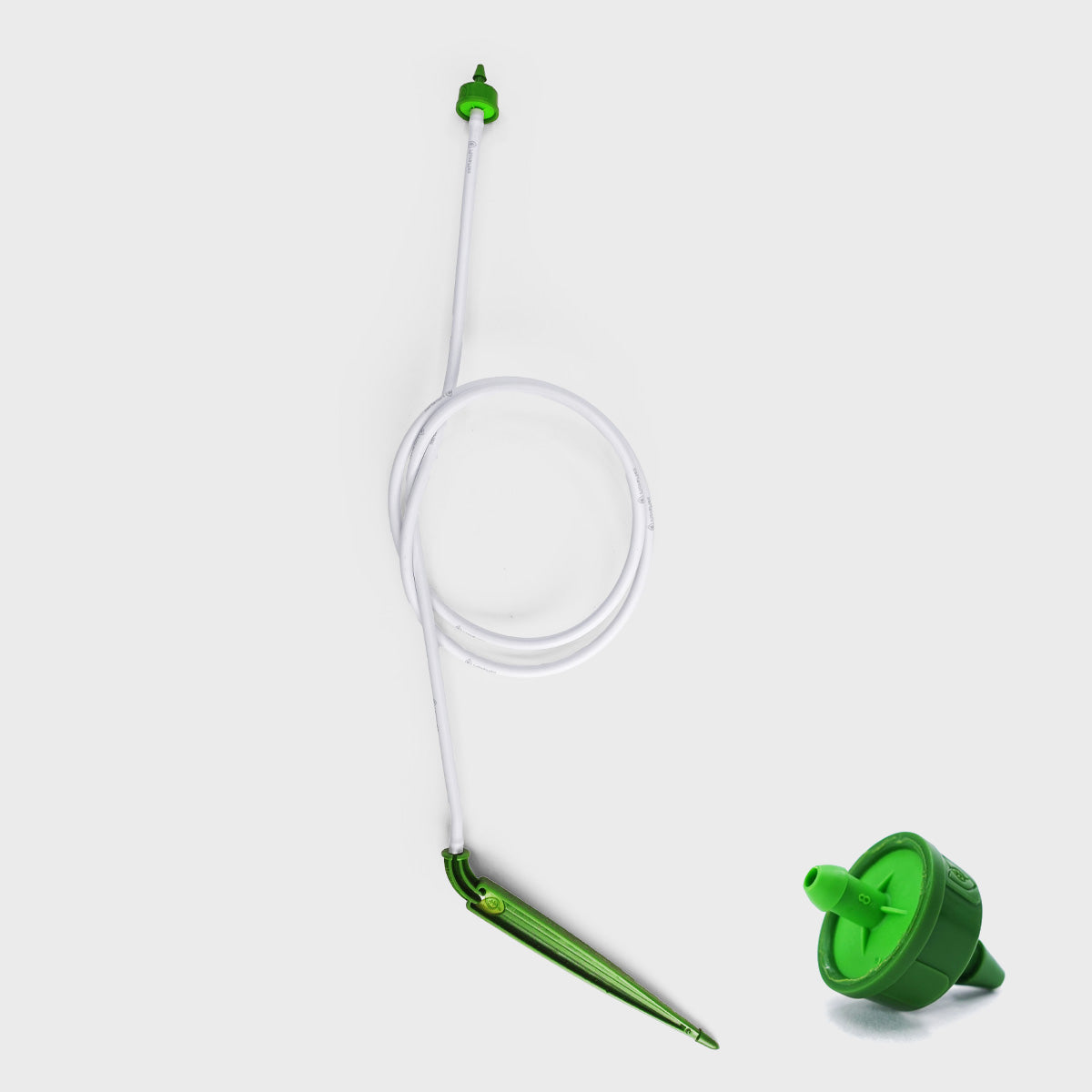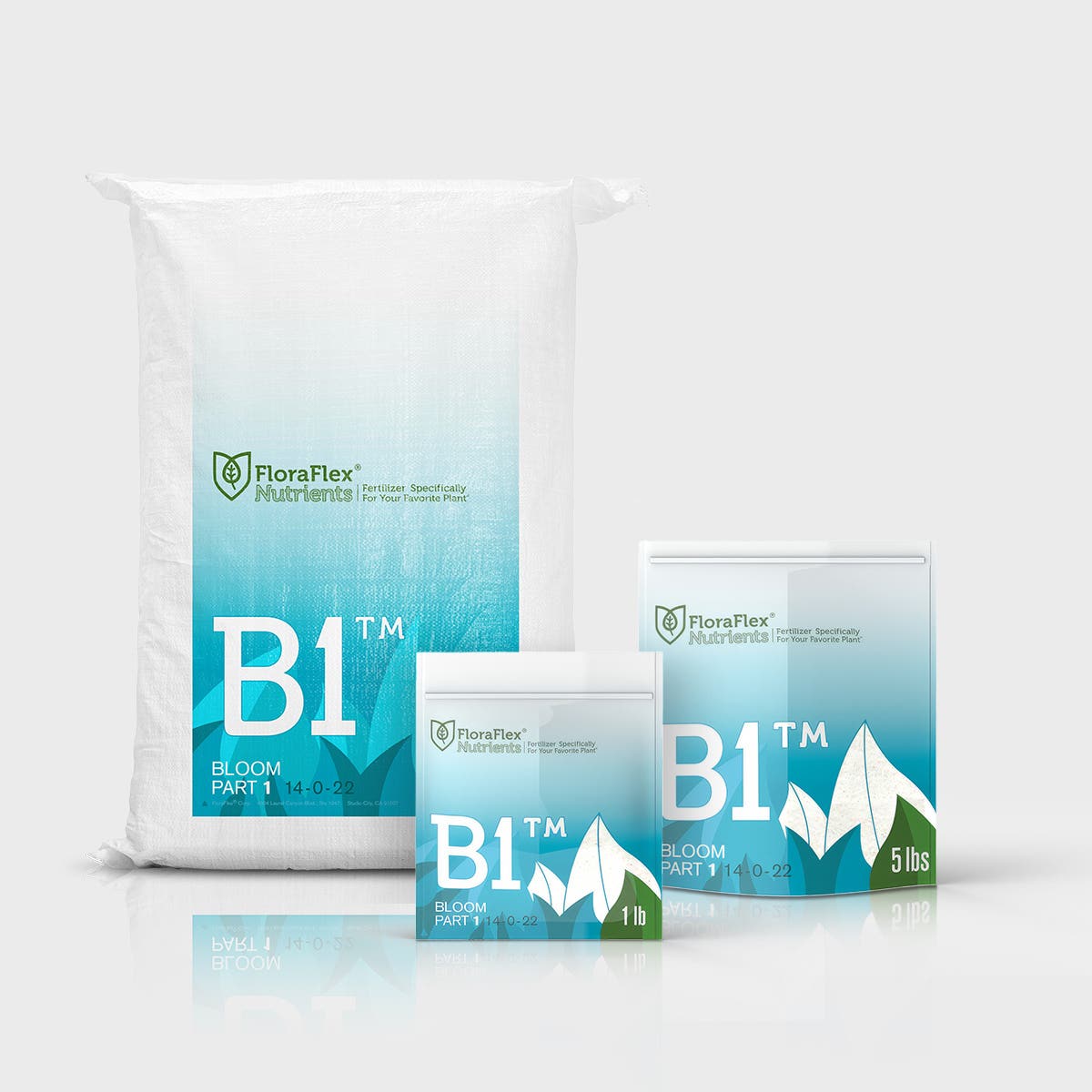Greenhouse technology has revolutionized modern agriculture by providing a controlled environment for the cultivation of various crops. With its ability to manipulate environmental factors, greenhouse technology offers numerous advantages over traditional open-field farming methods. In this article, we explore the concept of greenhouse technology, its benefits, and the advancements that have transformed agriculture.
Understanding Greenhouse Technology
Greenhouse technology involves the construction of structures, typically made of glass or plastic, that create a controlled environment for plant growth. These structures trap sunlight and create a greenhouse effect, allowing for year-round cultivation regardless of external weather conditions. The primary objective of greenhouse technology is to optimize growing conditions, enhance crop quality, and increase yields.
Advancements in Greenhouse Technology
Over the years, greenhouse technology has undergone significant advancements, incorporating innovative features and techniques to improve efficiency and productivity. Here are some notable advancements in greenhouse technology:
-
Climate Control Systems: Modern greenhouses are equipped with advanced climate control systems that monitor and regulate temperature, humidity, ventilation, and CO2 levels. These systems ensure optimal growing conditions, leading to healthier and more productive crops.
-
Automated Irrigation Systems: Greenhouses now utilize automated irrigation systems that deliver water precisely to the plants based on their specific needs. These systems help conserve water, prevent overwatering, and promote efficient nutrient uptake.
-
Energy-Efficient Designs: Greenhouse structures have evolved to incorporate energy-efficient designs. Double-glazed or multi-layered materials improve insulation, reducing heat loss and energy consumption. Additionally, solar panels and renewable energy sources are often integrated to power various greenhouse operations.
-
Optimized Lighting Solutions: Supplemental lighting systems, such as LED grow lights, are used in greenhouses to provide plants with the necessary light spectrum for photosynthesis. These lighting solutions offer energy efficiency, customizable settings, and precise control over light intensity and duration.
-
Sustainable Growing Practices: Many modern greenhouses embrace sustainable growing practices, including water recycling systems, integrated pest management (IPM) techniques, and organic cultivation methods. These practices promote environmental stewardship and reduce reliance on synthetic inputs.
Benefits of Greenhouse Technology
The adoption of greenhouse technology has numerous benefits for agriculture and food production:
-
Extended Growing Seasons: Greenhouses enable year-round cultivation, allowing farmers to produce crops outside the traditional growing seasons. This leads to a more consistent and reliable food supply, reduced dependence on imports, and greater food security.
-
Protection from Extreme Weather: Greenhouses shield crops from adverse weather conditions such as heavy rain, hail, frost, or excessive heat. This protection minimizes crop damage and ensures consistent growth and quality.
-
Increased Crop Yields: By providing a controlled environment, greenhouse technology optimizes growing conditions, resulting in higher crop yields compared to open-field farming. The ability to fine-tune environmental factors allows for better plant growth, nutrient uptake, and pest management.
-
Water and Resource Efficiency: Greenhouses promote water efficiency through precise irrigation systems, reducing water wastage. Additionally, the controlled environment minimizes the need for pesticides and fertilizers, leading to more sustainable and environmentally friendly cultivation practices.
-
Crop Quality and Consistency: Greenhouses provide a stable environment that reduces stress on plants, resulting in improved crop quality, color, taste, and nutritional value. The controlled conditions also ensure consistency in crop production, meeting consumer demands for standardized products.
The Future of Greenhouse Technology
The future of greenhouse technology holds great promise. Advancements in automation, artificial intelligence, and data analytics are transforming greenhouses into highly efficient and intelligent systems. These technologies enable real-time monitoring, precise control, predictive analytics, and autonomous operations, leading to even greater productivity, resource optimization, and sustainability.
-
Smart Sensing and Monitoring: Advanced sensors integrated into greenhouse systems can monitor various parameters such as temperature, humidity, soil moisture, and nutrient levels. Real-time data collection allows for precise adjustments and early detection of any anomalies or stress factors affecting plant health.
-
AI-Driven Control Systems: Artificial intelligence algorithms can analyze sensor data, climate patterns, and crop characteristics to optimize greenhouse conditions. AI-driven control systems can autonomously adjust environmental factors, irrigation schedules, and lighting to ensure optimal growth and resource utilization.
-
Vertical Farming and Hydroponics: Greenhouse technology is expanding to include vertical farming and hydroponics systems. Vertical farming maximizes space utilization by growing crops vertically, while hydroponics eliminates soil dependency by cultivating plants in nutrient-rich water solutions. These methods reduce land requirements, conserve water, and enable year-round production in urban settings.
-
Robotics and Automation: Robotic systems can perform tasks such as seed planting, crop harvesting, and pest control, reducing the need for manual labor. Automated systems can precisely deliver nutrients, control lighting, and manage climate conditions, freeing up human resources and improving efficiency.
-
Integration of Big Data and Analytics: The collection and analysis of big data within greenhouse operations allow for predictive modeling, optimizing crop growth cycles, and identifying patterns that improve overall performance. Data-driven insights enable growers to make informed decisions, further enhancing crop quality and yield.
Greenhouse technology has revolutionized modern agriculture by providing controlled environments that optimize plant growth and improve crop yields. Through advancements in climate control, automation, energy efficiency, and sustainable practices, greenhouses offer benefits such as extended growing seasons, crop protection, increased productivity, and resource efficiency.
As technology continues to advance, the future of greenhouse technology looks even more promising. Smart sensing, artificial intelligence, vertical farming, robotics, and data analytics will shape the next generation of greenhouses, leading to even greater efficiency, sustainability, and crop quality.
Incorporating greenhouse technology into agricultural practices not only meets the demands for food security and sustainability but also opens up opportunities for innovation, entrepreneurship, and economic growth within the farming industry. By harnessing the power of controlled environments, we can ensure a more resilient and productive agricultural sector for the future.

